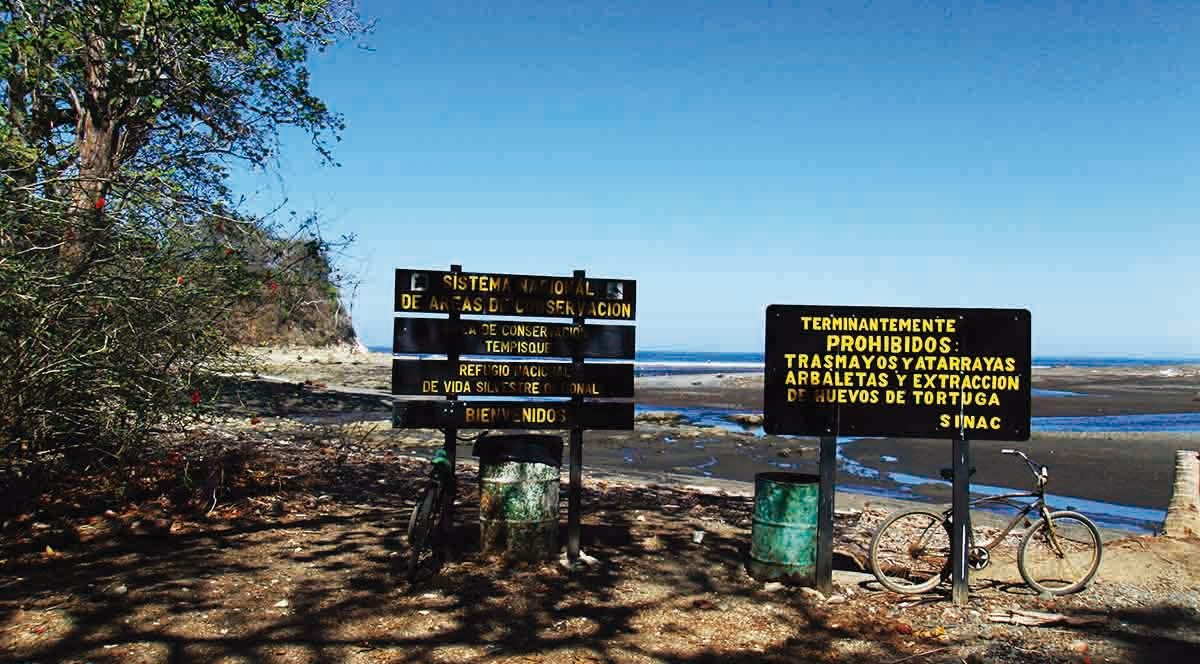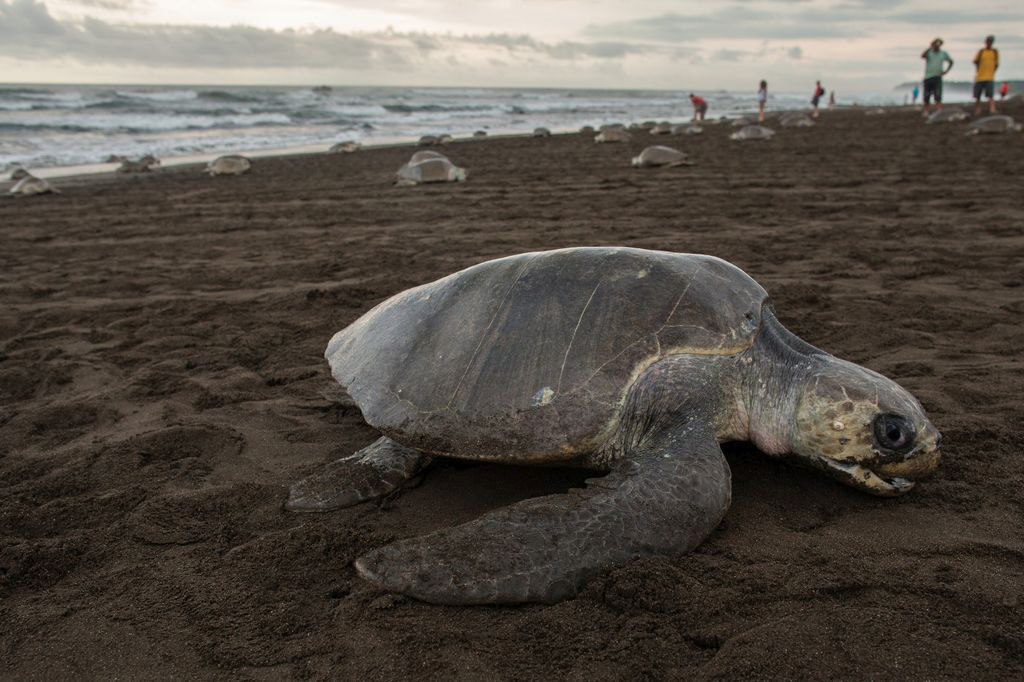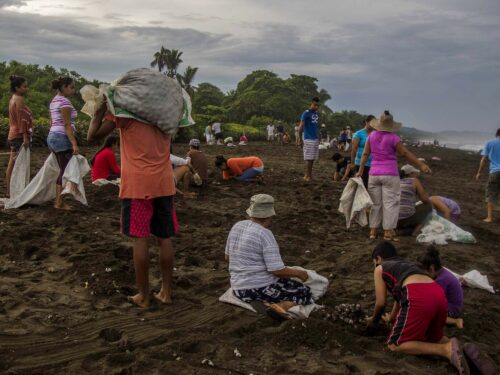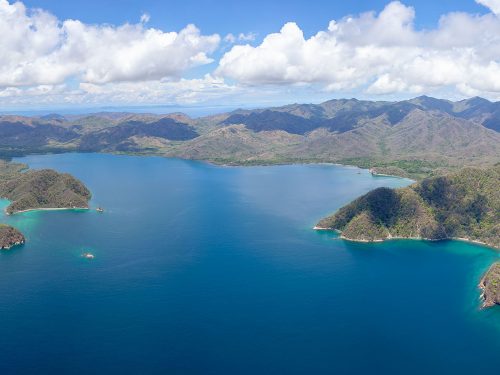
The constitutional court ruled that certain points of the Coastal Community Territories (TECOCOS) law project are unconstitutional, in a decision dated July 24, but proponents of the law view the outcome as favorable.
The law project was approved in the first debate by the Legislative Assembly on April 30 and then was sent to the constitutional court for review.
The Coastal Community Territories Law, known as the TECOCOS law (Law 18148), is the recognition of the right to live in the maritime land zone for the people who have lived in it for years. This article focuses on the particular feature of how the TECOCOS law seeks to convert some National Wildlife Refuges into Coastal Community Territories.
The first point of contention, based on article 101 of the Law of Contitutional Jurisdiction, mentioned by the response from the court is the lack of technical studies of the Ostional Wildlife Refuge in order to analyze and determine the possibility of reducing the level of environmental protection.
The second point reiterated that Article 20 of the Law on the Maritime Land Zone declares that the maritime zone, and in particular the 50-meter public area, is constitutionally protected by the principle of inviolability. It states that the public zone “cannot be subject to occupation under any title or in any case.”
“The National Liberation Party and the Libertarian Movement had appealed eight themes. The court only rules on two, that of the 50 meters and Ostional, and we are now working on them,” affirmed Wilmar Matarrita Matarrita, the lawyer and politician with the Ample Front party who drafted the law project.
Magdalena Vega, president of the Ostional Integral Development Association and member of the TECOCOS commission, explained that the law project now returns to the Environmental Commission for revision.
She remarked that the group working on this project felt positive about the TECOCOS project because it was still being studied after the other two law projects that had been proposed to regulate existing constructions in the maritime zone and to legally establish coastal cities were rejected by the constitutional court in late June and early July.
“We thought it was serious when they told us it was coming back but we haven’t lost hope at all. We are going to make another proposal,” stated Vega. “We want to be very clear in this. We will present the study and we will revise the part about the 50 meters.”
She explained that they had hoped to allow people who have been living in the public area for some time to stay there, but noted that they can relocate to a spot outside of the 50-meter fringe.
She and Matarrita both affirmed that the University of Costa Rica and the Ministry of Environment and Energy (MINAE) are working on the technical studies and should have the report ready by mid September.
Bobby Johnson of the Nosara Civic Association (NCA) noted that the two items ruled on by the court are precisely the two subjects that were points of contention for the NCA and CIMACO, the Multi-Institutional Council of Shared Management of Ostional.







Comments